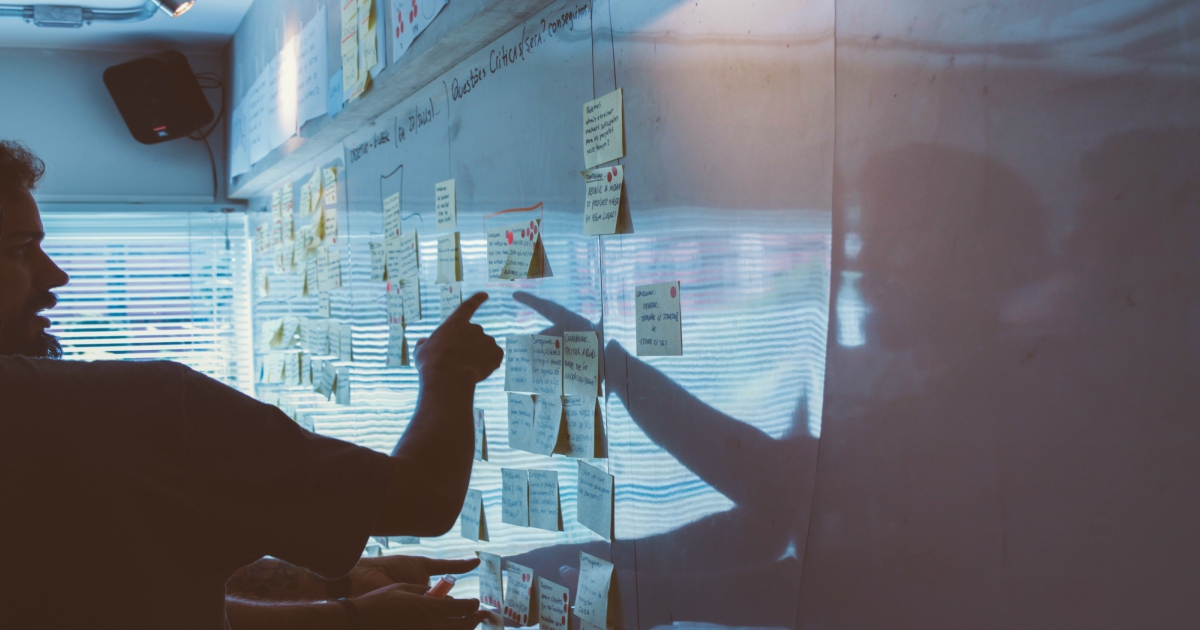| Communication Channel |
At its best |
Potential downsides |
Think about |
Team
meetings |
- Can make communication personal and relevant to the team involved
- Opportunity for discussion, feedback, questioning and ideas
- Good line manager can facilitate a lively and interactive session
- Can help build understanding and involvement
|
- Success depends on skill of leader
- Time commitment for both manager and audience
- Beware of content overload; other channels are more effective for information delivery
|
- Making the best possible use of this time – it’s valuable
- Training line managers
- Making sure you uphold meeting discipline if you want them to happen
|
| Email |
- Can reach mass audiences fast
- Cost effective and simple to use
- Consistent and controlled message
- Reaches the recipient directly
- Good for information, awareness or instruction
|
- Not everyone may have access
- Impersonal and open to misinterpretation
- Can result quickly in information overload
- Can’t tell if messages have been read
- Doesn’t prioritize messages
- Can’t generate dialogue or discussion
|
- Controlling access to mass distribution lists
- Using the subject box to get across your key message
- Keeping it short and simple
- Using headings and bullet points for key messages and to break up the text
|
| Intranet |
- Fast and consistent
- Possibilities are endless – can be entertaining and visually snappy
- Good for information store, reference and raising awareness
- Info shares and bulletin boards good for involvement and discussion
- Web stats show who is reading
|
- Not everyone may have access
- Relies on people seeking out information
- People may not have time to read it
- Difficult to police
- Can become unwieldy, hard to navigate and full of outdated information
|
- Including “killer content" to draw people in (expenses forms, classified ads and processes people need to do their jobs)
|
| Video |
- Creative and entertaining
- Shows real people talking about their experiences
- The camera never lies – can show proof or progress
- Makes people and places accessible for a mass audience
- Consistent, controlled message
|
- Potentially expensive
- Not interactive on its own
- Can be seen as glossy corporate propaganda
- Talking heads alone are rarely engaging
- Can be difficult for mobile workforce
|
- Using as part of a briefing session to stimulate debate
- Using “real people" to talk about their experiences, not just senior execs
|
| Print magazine |
- Reach the entire company with a consistent message
- Even time-pressured staff can read in coffee breaks, on trains, etc.
- Can address/reflect staff feedback and respond
- Can show how everything fits together and reinforce company brand
|
- Can be seen as biased and not credible
- Information dates quickly
- Challenging to make it relevant to all audiences
- No opportunity for discussion or checking understanding
|
- How to encourage people to open it, e.g., a competition
- Using a staff editorial board to test content and make sure articles address the real issues
|
| Audio |
- Good for remote workforces
- Effective for information and instruction
|
- Relies on people choosing to play it
|
- Including a hook that will make people listen (e.g. as above, a competition)
|
| Notice boards |
- Visible and may catch people’s eye when too time pressured to read anything else
- Good for instructions and information
|
- May not be read
- Usually no owner – how often do you see out-of-date posters?
- Lose their impact if over-used by every project in the company
|
- Putting a “display until" date on posters
- Posting in prominent places such as in the lift or by the coffee machine
|
| Text messaging |
- Good for reachcing remote workers
- Good for crisis communication
- Can be used to direct people to further sources of information
- Can update senior managers on important news whilst on leave
|
- Will annoy people very quickly if overused
|
- Making sure you have mobile contact details for all your senior team in case of crisis
|
Events/
roadshows |
- Opportunity for key people to reach mass audiences face-to-face
- Flexible and responsive
- Can include Q&A sessions, break-out groups and involve people
- Can build team spirit and motivate
- Can be used to address controversial issues
|
- Can be one way “tell" sessions
- Agenda set by center may not be what the audience wants
- May be expensive
- Time consuming for organizers, presenters and audience
|
- Involving staff in setting the agenda and format
- Involving staff in event itself, as hosts or facilitators
- Using interactive voting technology to maximize audience involvement
|
| Open forum |
- Gives opportunity to raise and discuss the real issues
- Genuine open dialogue
- Helps leaders to understand how things really are
- Enables people to feel heard
|
- Dismissive or aggressive response to questions can close down dialogue
- Line managers can feel disempowered if their decisions are over-ruled or contradicted
|
- Issuing a summary of discussion for everyone to see
- Proactively raising difficult issues or asking for questions in advance to prompt the real debate
|
| Site visits |
- Shows leaders are listening and want to see what the real issues are
- Keeps leaders in touch with the real issues
- Promotes dialogue and understanding
|
- Leaders won’t experience the real issues if treated as “royal visits"
- May do more harm than good if leaders show by what they say that they are out of touch
- Time-consuming for senior leaders to visit multiple sites
|
- Including a spell of work shadowing/call listening alongside organized forums
- Giving leaders a good brief on site issues before they visit
- Tracking issues raised and reporting back on actions
|
| Voicemail |
- Helpful for remote workers
- Opportunity to hear about issues from senior leaders
|
- People will hang up if the message is too long
|
- Using a text message to alert remote workers to an urgent voicemail announcement
|
Web-casting
and similar |
- Opportunity for senior leaders to reach mass audiences with a consistent message in real time
- Can involve Q&A sessions
|
- May be expensive
- Need the right technology in place
- Noise the right technology in place
- May be difficult for all staff to be available at the same time (e.g., call centers)
|
- Finding out about new technology continually emerging in this area
|








